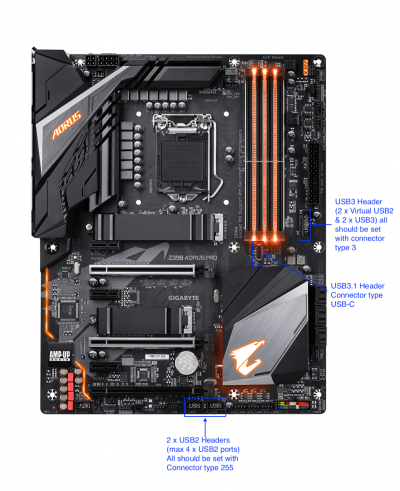- Joined
- Feb 12, 2013
- Messages
- 30
- Motherboard
- Gigabyte AORUS Z390 PRO
- CPU
- i9 9900k
- Graphics
- RX 6900 XT
- Mac
- Mobile Phone
Hello all!
I have a stable Big Sur 11.4 Beta build that I had to remap the USB ports when switching from a Radeon VII to a 6900 XT, as the 6900 XT has a USB C port. Well, everything is working just peachy, other than my Logitech keyboard has to sit physically closer to the wireless USB transmitter/receiver when using OS X. When I am using my Windows 10 build, I have no such issues.
Is it possible that OS X is limiting USB power via voltage and/or amperage? It almost seems like the transmitter/receiver is under volted. Any feedback is appreciated.
• Intel I9 9900k
• Gigabyte AORUS Z390 PRO
• AMD RX 6900 XT
I have a stable Big Sur 11.4 Beta build that I had to remap the USB ports when switching from a Radeon VII to a 6900 XT, as the 6900 XT has a USB C port. Well, everything is working just peachy, other than my Logitech keyboard has to sit physically closer to the wireless USB transmitter/receiver when using OS X. When I am using my Windows 10 build, I have no such issues.
Is it possible that OS X is limiting USB power via voltage and/or amperage? It almost seems like the transmitter/receiver is under volted. Any feedback is appreciated.
• Intel I9 9900k
• Gigabyte AORUS Z390 PRO
• AMD RX 6900 XT




